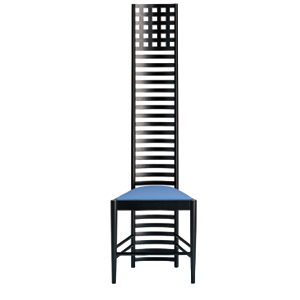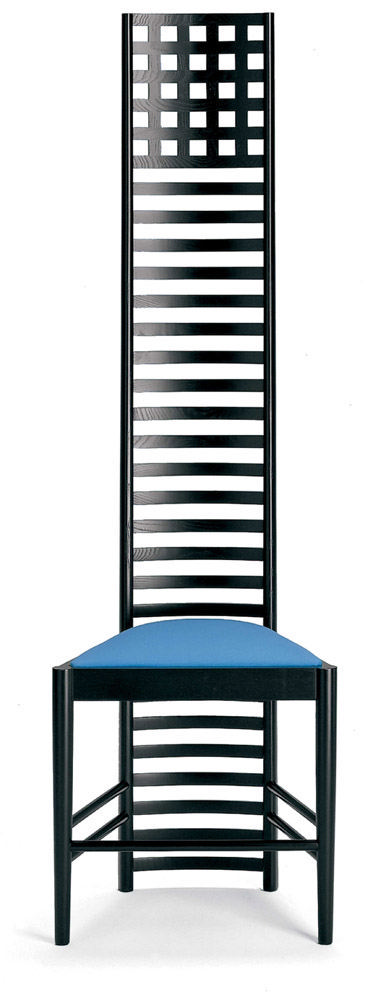
Ladderback Chair


Specifications
Black lacquered ashwood Ladderback chair with upholstered seat. Seat in expanded polyurethane foam upholstered with fabric or leather.
ITEM NUMBER
MC-C-1202
DIMENSIONS
Height: 55¼"
Depth: 13¾"
Width: 16½"
Seat Height: 17¾"
Weight: 26 lbs.
PRICING
| COM | $2,440 |
| Fabric 1 | $1,870 |
| Fabric 2 | $1,940 |
| Leather 1 | $1,916 |
| Leather 2 | $1,940 |
| Leather 3 | $1,963 |
PACKING NOTES
Add $15 net packing charge

Ladderback Chair
fabric 1
Jet
Jet fabric by Fidivi. 100% polyester Trevira CS. 65,000 Martindale.
Skill Synthetic Leather
Synthetic leather. 69% PVC, 1% PU, 10% COT, 20% PES. 50,000 Martindale.
fabric 2
Maya
Maya fabric by Fidivi. 100% polyester Trevira CS. 100,000 Martindale.
leather 1
Bovine leather. Corrected and embossed. 0.8 - 1.0mm thick. Pigmented with protective top coat. Soft handle with a silky matte finish.
leather 2
Bovine leather. Corrected and embossed for enhanced larger grain appearance. 1.3-1.5mm thick. Pigmented and protective top coat. Soft handle with silky matte finish.
leather 3
Bovine leather. Natural grain. 1.2-1.4mm thick. Aniline dyed. Finished with resnis and pigments. Protective coat with a soft waxy feel and semi-matte appearance.

Ladderback Chair
COLOR OPTIONS
Designer
Charles Rennie Mackintosh
 (1868 - 1928)
C.R. Mackintosh was an skilled interior designer, painter and decorator who renown for his inventive interpretation of Art Nouveau. His 'Spook School' did not gain immediate notoriety due to his unconformity to the standards of French and Belgium Art Nouveau. Slowly he gained appreciation by the populous throughout Europe as well as his contemporaries of Art Nouveau whom he thought were excessive in their decorative style. His participation in such landmark events such as the 1902 exhibit of Modern Decorative Arts in Turin and the 1931 Exhibition of the Vienna Secession School solidified his place in the history of design.
(1868 - 1928)
C.R. Mackintosh was an skilled interior designer, painter and decorator who renown for his inventive interpretation of Art Nouveau. His 'Spook School' did not gain immediate notoriety due to his unconformity to the standards of French and Belgium Art Nouveau. Slowly he gained appreciation by the populous throughout Europe as well as his contemporaries of Art Nouveau whom he thought were excessive in their decorative style. His participation in such landmark events such as the 1902 exhibit of Modern Decorative Arts in Turin and the 1931 Exhibition of the Vienna Secession School solidified his place in the history of design.